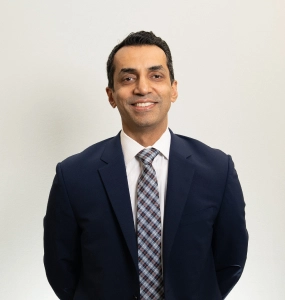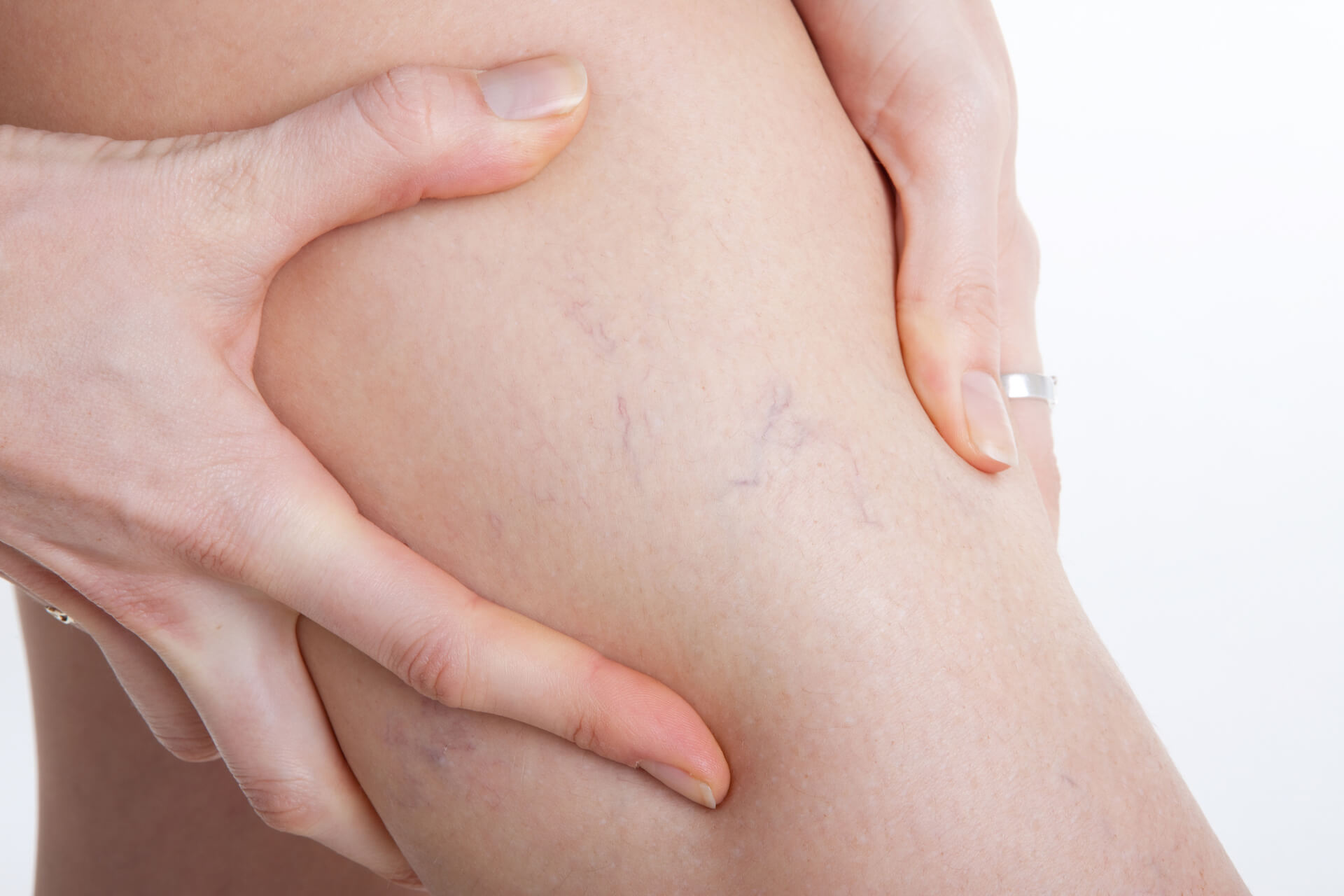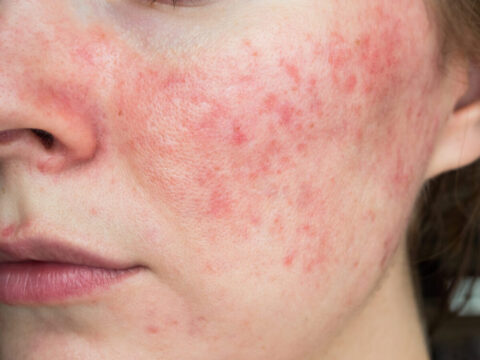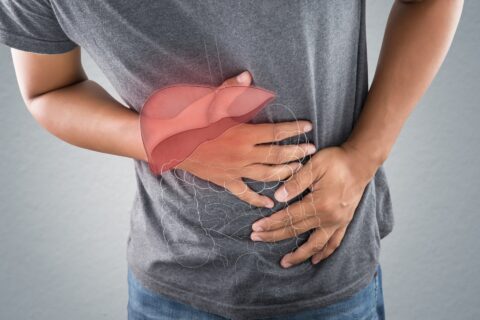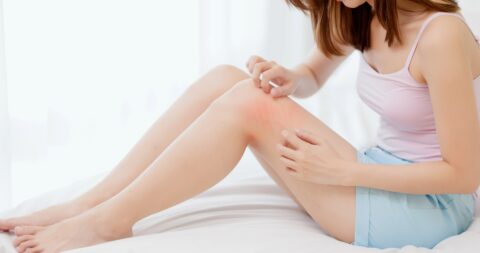Spider veins can have an impact on more than just appearance. These visible veins can be intolerable — they can cause complications such as blood clots or open sores on the legs. Spider veins can be removed or faded with minimally invasive therapy like laser vein treatment. Sclerotherapy can also help to alleviate symptoms such as pain, exhaustion and prevent further vein disease.
So do spider veins go away on their own? They may not go away on their own, and while they may not be bothersome at first, they tend to worsen over time. There are spider vein treatment alternatives that only take a short amount of time to complete. In most cases, facial spider veins fade away in 3 to 6 weeks.
Why Do We Get Spider Veins?
A broken capillary caused the appearance of varicose or spider veins. In healthier veins, the vein valves drive blood in a single direction to our hearts. When the valves fail, the blood flow goes backward, and damaged veins collect them. An increased blood flow in the vein creates pressure on the vein wall.
As a result of constant blood pressure, it may result in swollen veins. A spider or varicose vein develops over time. Some people are more prone to acquiring superficial veins. A patient is more likely to get them if it’s in their genetics. While some people develop reticular veins due to spending most of their week sitting or standing for lengthy periods.
Despite their differences, spider veins and varicose veins have a similar underlying cause: venous insufficiency. When a blood vessel is under more strain, it has to work harder on the blood circulation.
For a better understanding of spider veins, it’s essential to know how the circulatory system functions. Arteries deliver the blood out of the heart, and veins carry it back. Veins feature a one-way valve system that assures blood only travels in one direction, preventing blood from flowing backward.
If the valves in the legs become damaged or compromised, blood begins to flow in the opposite way (a condition known as reflux) or pools inside a small vein. If the valves in the legs become damaged or compromised, blood begins to flow in the opposite way (a condition known as reflux) or pools inside a small vein.
If there’s mild varicosity, the vein can grow slightly larger and spread out, resulting in spider veins. The following are some of the risk factors for leg veins:
- Obesity
- Genetics
- Aging
- Use of Steroids
- Exercising vigorously
- Standing for long hours
On the other hand, slightly different factors cause a facial vein. It’s usually a result of broken blood vessels. The following are amongst the primary triggers of facial spider veins:
- Excessive wind exposure
- Sun damage
- Frequent consumption of alcoholic beverages
- Rosacea-related vein problem
- HRT or hormone replacement therapy
- Pregnancy or birth control hormones
- Traumatic skin damage
Do Spider Veins Vanish on Their Own?
Spider veins can seldom vanish on their own without the need for treatment. Once developed, a person will need a vein specialist to remove them permanently. Keep in mind that while spider veins may be unsightly, they are not deadly. The sight of facial spider veins bothers some people — the use of concealers may disguise them.
When veins are getting worse, it is best to see a dermatologist or a phlebologist. Whether there is any PAN (polyarteritis nodosa) — or having leg discomfort, a treatment session would help.
How Can You Get Rid Of Spider Veins?
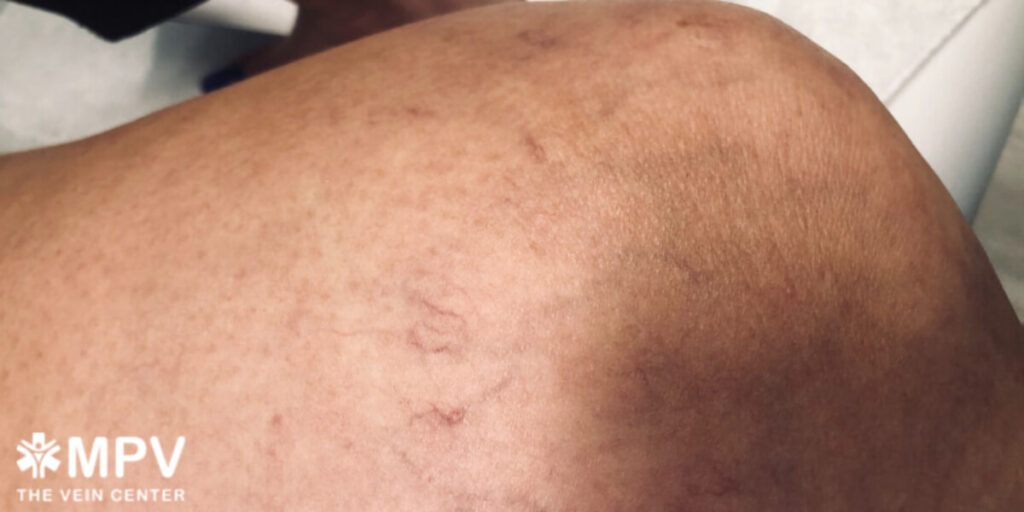
There are various methods to treat spider veins and improve vein health. They vary from self-care to mild laser surgery. The good news is that a visit to a doctor can treat spider veins; here are some of the most effective spider vein treatments:
- Sclerotherapy is a known non-surgical treatment for spider veins on the legs. During the treatment, the doctor injects a specialized pharmaceutical solution called a sclerosing agent into an affected vein, which causes scarring and the vein to close. The blood would then reroute through healthier veins.
The treated vein shrinks and vanishes within a few weeks. Treatment is typically successful the first time, though it may be necessary to repeat it in some patients. Sclerotherapy has the main advantage of not requiring general anesthesia. It is a reasonably painless treatment performed at the doctor’s clinic. Swelling, irritation, and transient discoloration in the treated area are all possible minor adverse effects. - Ultrasound guided sclerotherapy (UGS) is another effective for spider and varicose vein treatment. Unlike other therapies, when sclerotherapy is used alone, it is likely to require more than a single session. For a successful result, most patients would need two to three treatments of sclerotherapy. Throughout this time, it would need a lot of walking as well as the use of compression stockings.
- Intense pulsed light (IPL) is a laser treatment that can reduce the appearance of facial spider veins. These instruments emit light in different spectrums and frequencies, prompting the veins to collapse and shrink by targeting a blood clot.
- Lasers are used by dermatologists to treat spider veins and minor varicose veins. The laser light is directed at the vein by the dermatologist during laser therapy. After treatment, small spider veins may fade completely. A larger vein may darken and remain visible for 1 to 3 months before dissipating.
It may require three or more sessions to achieve the best result. The majority of patients can return to work the next day and go on with their routine. Some patients should wear compression stockings for a while.
For 3 to 4 weeks, patients must keep the treated region out of the sun. It will help avoid the formation of black spots. Keeping your skin protected from the sun all year will prevent you from developing spider veins and skin cancer. - For a non-surgical alternative, wearing medical-grade compression stockings can help promote healthier blood circulation and minimize the intensity of a problematic vein.
Learn more: Spider Veins Treatment Costs: How To Make Spider Vein Treatment Worth It
Seek Expert Advice at MPV The Vein Center
The doctors at MPV The Vein Center are experts in varicose and spider vein treatment.
We provide patients with an extensive treatment program using non-surgical laser treatment procedures.
The following are the benefits of laser treatment to patients:
- Treatment is available on a walk-in, walk-out basis.
- The success rate is 98 percent.
- Highly effective.
- Can be performed in a clinic (no hospitalization)
- Medicare rebates apply.
- No general anesthetic
- No time away from work nor downtime.
We will do a thorough analysis and design a personalized treatment plan for you. If you’re concerned about your varicose and spider veins, give us a call at 1-862-238-8250 (New Jersey), 862-227-1054 (New York), and schedule a consultation.
